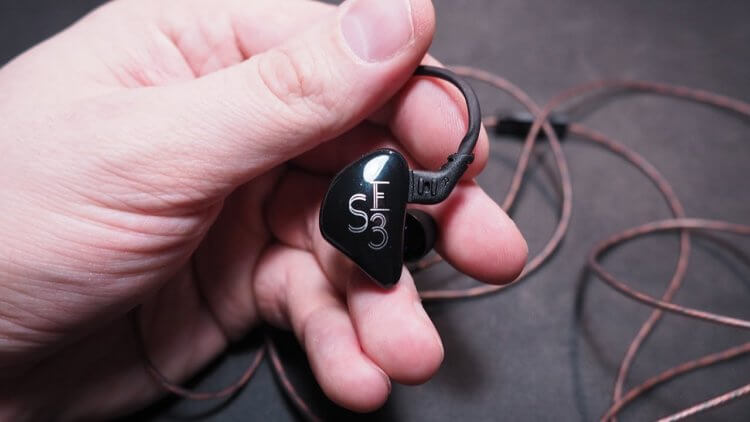After the release of AirPods, I have always looked closely at TWS headphones, and not so long ago I even wrote a material with a list of the best TWS headphones. What is TWS anyway? This is True Wireless Stereo, which means “true wireless stereo”. Before the release of AirPods, there were Bluetooth headphones on the market, but they were synchronized with each other over a wire, and, as a rule, there was a small collar with a battery between the headphones. Such a solution, of course, will be a convenient option for running, but it raises questions in the case of normal everyday use. And the release of AirPods was a kind of discovery, after which all manufacturers began to produce similar products. Not so long ago Xiaomi released Air 2. In China, they can be bought for 3 thousand rubles, and in Russian retail they cost 5500.

Should you buy the Air 2?
I didn't want to wait two weeks for them, so I decided to buy Air 2 in one of the Russian stores locally. After the purchase, I decided to immediately open them and test them, the first thing I noticed is that they are very light weight, which is good, because they will not be felt in the ears.
But I also noticed that the case was not charged, like the headphones themselves. Because of this, you will not be able to test the sound quality on site. The next thing I ran into was the impossibility of quickly and without the help of various instructions on the Web to connect them to a smartphone. And it is understandable if it was about iPhone, but I connected them to Mi 9 Lite – a phone Xiaomi. How did the connection process go? It is logical that you need to press the power button. By clicking on it, nothing happened and the headphones did not appear in the devices Bluetooth on the phone. Then I held down the power button for 10 seconds. At that moment, the Air2 device appeared on the smartphone, having connected it to the phone, nothing happened either. Cool! You buy headphones for 5-6 thousand and do not understand how to connect them to the device. Want to buy something else? We have prepared a list of interesting gadgets for 2020.
Next, I found instructions on the Internet, according to which you first need to press the power button 1 time and hold it for 1 second, then open the case and press the power button again and hold it for 5 seconds. Only after that, the headphones were identified by the smartphone, and there were no pop-up windows like in the screenshot below:

Headphone charge information window
That is, it was as if I connected headphones not from Xiaomi, and no special integration with Mi 9 Lite was noticed. This upset me, of course, but it's not over yet. Next, I decided to test the sound – it's not bad here, the level of AirPods. Not very cool, but good for everyday use. There is enough bass, medium and high too. The sound is pretty standard. Before that, I used wired KZ ES3:

Headphones KZ ES3
And they are certainly better in sound quality. Much better. Therefore, in terms of sound, for me it is more of a downgrade.
I don't really like the sensitivity of the sensor. You need to directly obviously tap on the earpiece so that it recognizes the press. Moreover, the backlog of actions is not encouraging. Want to pause your music? We tap twice on the earphone and the pause occurs after 1 second, which is not very pleasant. Another double tap to start also takes 1 second. At the same time, you will not be able to quickly press 2 times. You will have to do it slowly so that the headphones understand you.
In addition, audio lag may be observed in some applications. For example, sometimes I have a 1 second lag in Instagram. Xiaomi somehow adjusts this programmatically by pausing the video at the beginning. That is, if you start a video on YouTube, it starts only after 1 second, so that the sound is synchronized with the picture and there is no lag. And this artificial creation of a feeling of perfect synchronization sometimes fails, and you have to watch the picture, which is ahead of the sound in the headphones.
Another unpleasant moment is the volume of the sounds built into the headphones. For example, if you tap on the left earphone, Google Assistant starts, and at that moment an unrealistically loud notification about this in the form of a short sound will occur in the earphones. That is, the volume of the sounds built into the headphones is always maximum and is not tied to the volume of the sound of the music, and if you accidentally start the Assistant at night in silence, I will not envy you – a nervous breakdown and partial hearing loss are guaranteed.
And in these little things all the cheapness is manifested, although it is difficult to call them very cheap. You can just as well get TWS from Motorola for 2 thousand rubles. Therefore, for those who wish to purchase these headphones, I still advise you to try them from one of your friends, because you may not like them. They offer to discuss them in Telegram.
